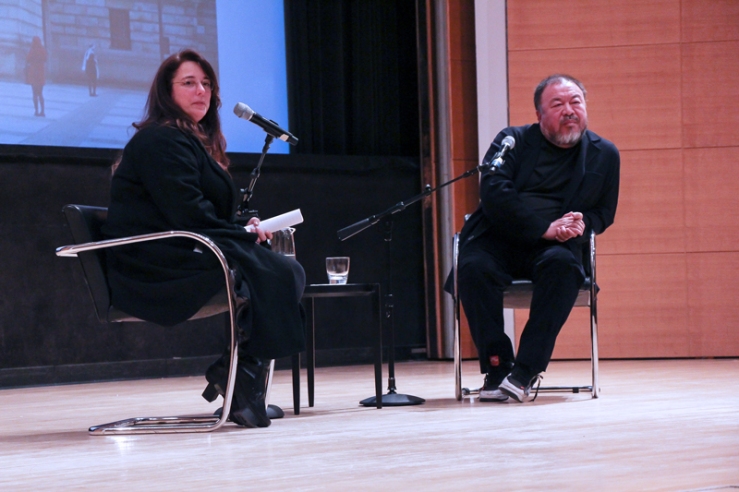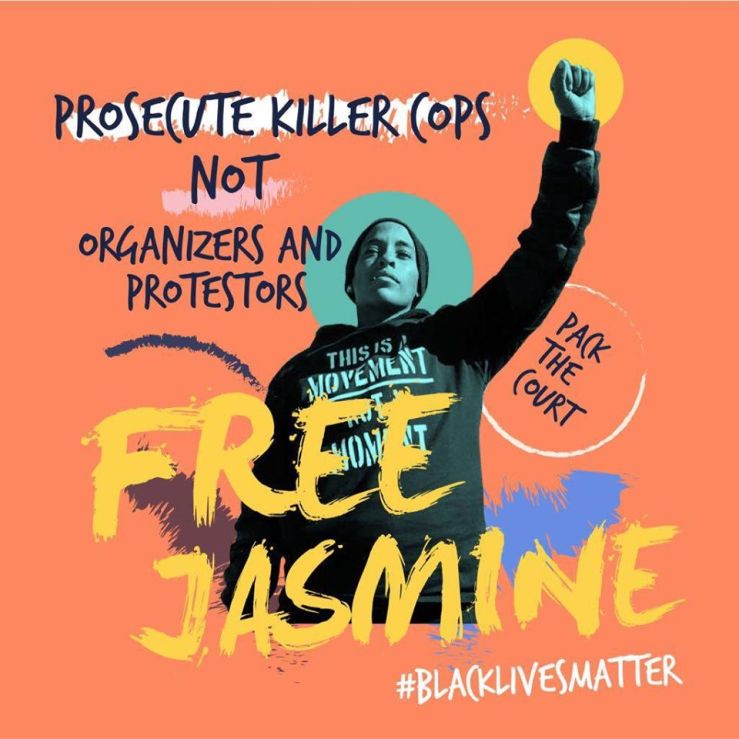dana schutz’s painting of emmett till at the 2017 whitney biennial is the 2017 version of kelley walker’s paintings at the contemporary art museum of st louis is the 2016 version of kenneth goldsmith reading mike brown’s autopsy report is the 2015 version of joe scanlan’s performance as a fictional black woman donelle woolford in the 2014 whitney biennial. in other words, it is yet another white artist’s appropriation of a black body and black death, under the justification of white free speech.
the conversations around schutz’s painting are disappointingly familiar. in some regards, i truly feel i can add no more to the conversation about white free speech versus black death. (hint: white free speech is never the answer. here are some reads.) and then art historian melinda guillen posted this curious question: would intersectional woman of color feminism call for the destruction of the artwork? or, rephrased, how do we approach this offense by considering restorative, instead of punitive, justice? if that proposition makes people on both sides of the debate want to throw up, please bear with me as i navigate through the nausea.
as someone who has experienced sexual assault, who has both experienced and perpetrated domestic violence, and who believes deeply in a non-carceral future, i have spent a few years sitting with the question of restorative justice. i often still find myself at the uneasy crossroad between anger, accountability, and forgiveness. when stanford rapist brock turner was sentenced to a mere 6 months in prison and his supporters were calling the reduced sentence restorative justice, i wanted to throw up without knowing if i had the right to throw up. it was in that moment that this piece of writing clarified my understanding of restorative justice.
in sum, restorative justice is about the centering of the victim(s)’ suffering, creating shifts in elements of the victim(s)’ community that enabled the offense, and determining restitution for the perpetrator based on centering the victim(s). none of that happened when brock turner was sentenced to a trivial 6 months. indeed, the centering of turner and his feelings of hurt, shame, and remorse, is frightening similar to the centering of schutz’s good intentions and right to free speech.
when whiteness transgresses us, which is apparently still every single day, the path to resolution cannot center whiteness, the great transgressor. but it is also not enough to identify the guilty party and rest. non-carceral does not mean non-accountable; rather, it means looking for accountability on a systemic level. we must acknowledge our various roles in the system and use this moment to shift the bigger issues in our community that have led up to this point.
for example:
- how could two asian-american curators make this anti-black oversight, which debuted the same month that a korean storeowner assaulted a black woman? (by the way, my offer to come collect asian nonsense still stands, as long as i am provided with a direct connection to the source of the nonsense)
- how are we still defending white free speech in 2017, after the election of a billionaire who used his “free speech” to encourage white supremacist violence against women, immigrants, and people of color?
- why are art schools, art classes, art books, art galleries, art shows, art funding, art markets, art fairs, art museums, art nonprofits, art spaces, everything related to art pretty much, still disproportionately white?
schutz’s painting is representation of violence—just not the violence she intends to portray. it is a representation of the violence that black and people of color encounter daily as cultural workers. undoing that violence may include destroying the painting, but the call for transformative change also goes much, much deeper.
photo credit: Parker Bright protesting Dana Schutz’s Open Casket, SCOTT W. H. YOUNG (@HEISCOTT)/VIA TWITTER


 Two years later, a jury without a single black person and an Asian judge and Chinese prosecutor convicted #BlackLivesMatter organizer Jasmine Richards of felony lynching – an absurd charge that completely perverts the original intention of the law. I remember the day of the protest actually. I don’t think I went but it was in my consciousness. I also remember seeing Jasmine in Power: From The Mouths of the Occupied, a play by #BLM co-founder Patrisse Khan-Cullors at Highways Performance Art space at the 18th Street Arts Center complex in Santa Monica. The play was a collection of dramatized monologues about each participant’s experience with police and state sanctioned violence. Jasmine’s story was one of the most intense stories of the night. I held it in me, I admired her resilience, and I understood her leadership and passion. I ache now because the person who I saw perform that night is not a person who should be in jail. Because of that work, I understand her actions to free a fellow protestor (the definition of “lynching”) to be one of compassion and justice, and I continued to be floored by her strength while understanding that in this world, none of us should be obligated to be that strong.
Two years later, a jury without a single black person and an Asian judge and Chinese prosecutor convicted #BlackLivesMatter organizer Jasmine Richards of felony lynching – an absurd charge that completely perverts the original intention of the law. I remember the day of the protest actually. I don’t think I went but it was in my consciousness. I also remember seeing Jasmine in Power: From The Mouths of the Occupied, a play by #BLM co-founder Patrisse Khan-Cullors at Highways Performance Art space at the 18th Street Arts Center complex in Santa Monica. The play was a collection of dramatized monologues about each participant’s experience with police and state sanctioned violence. Jasmine’s story was one of the most intense stories of the night. I held it in me, I admired her resilience, and I understood her leadership and passion. I ache now because the person who I saw perform that night is not a person who should be in jail. Because of that work, I understand her actions to free a fellow protestor (the definition of “lynching”) to be one of compassion and justice, and I continued to be floored by her strength while understanding that in this world, none of us should be obligated to be that strong.